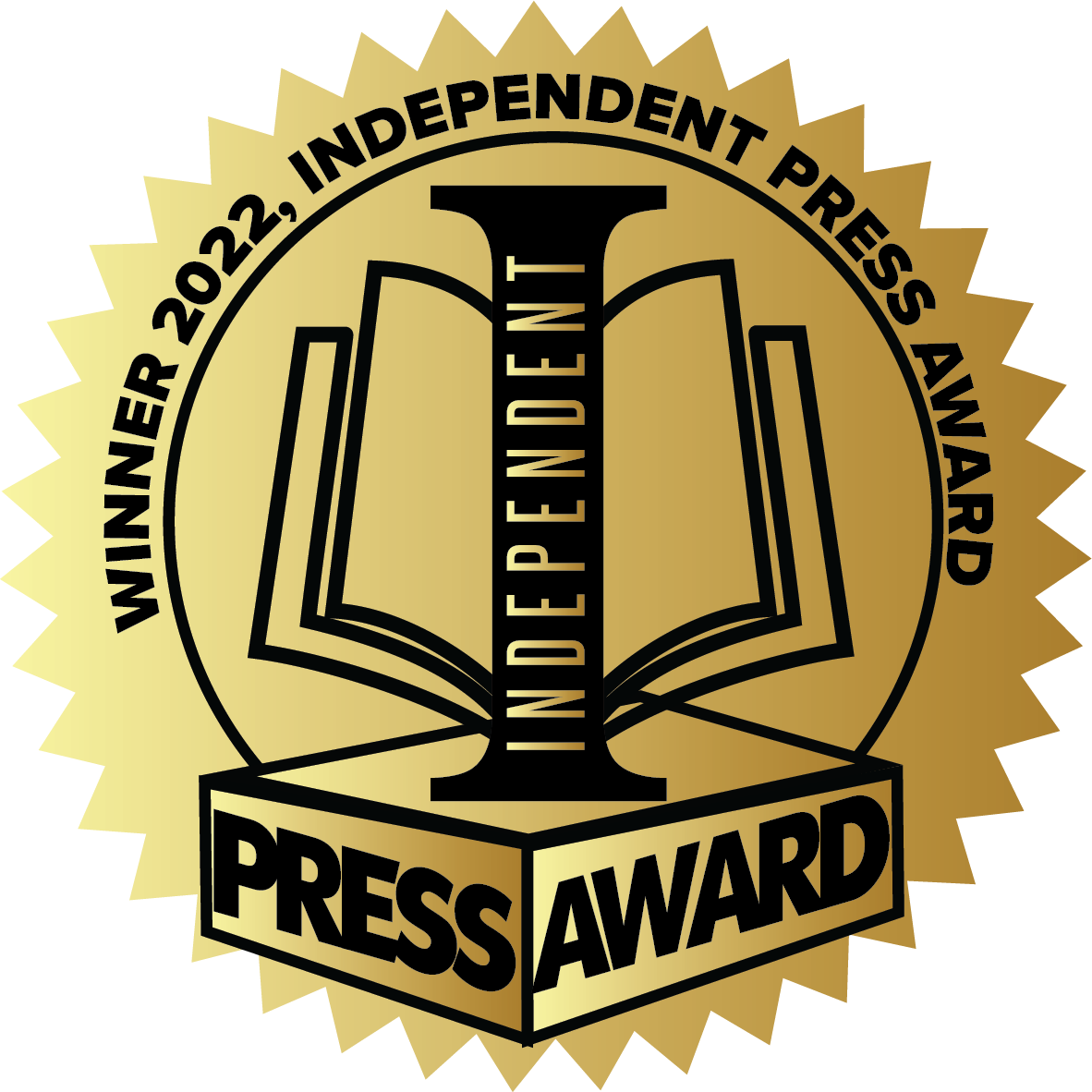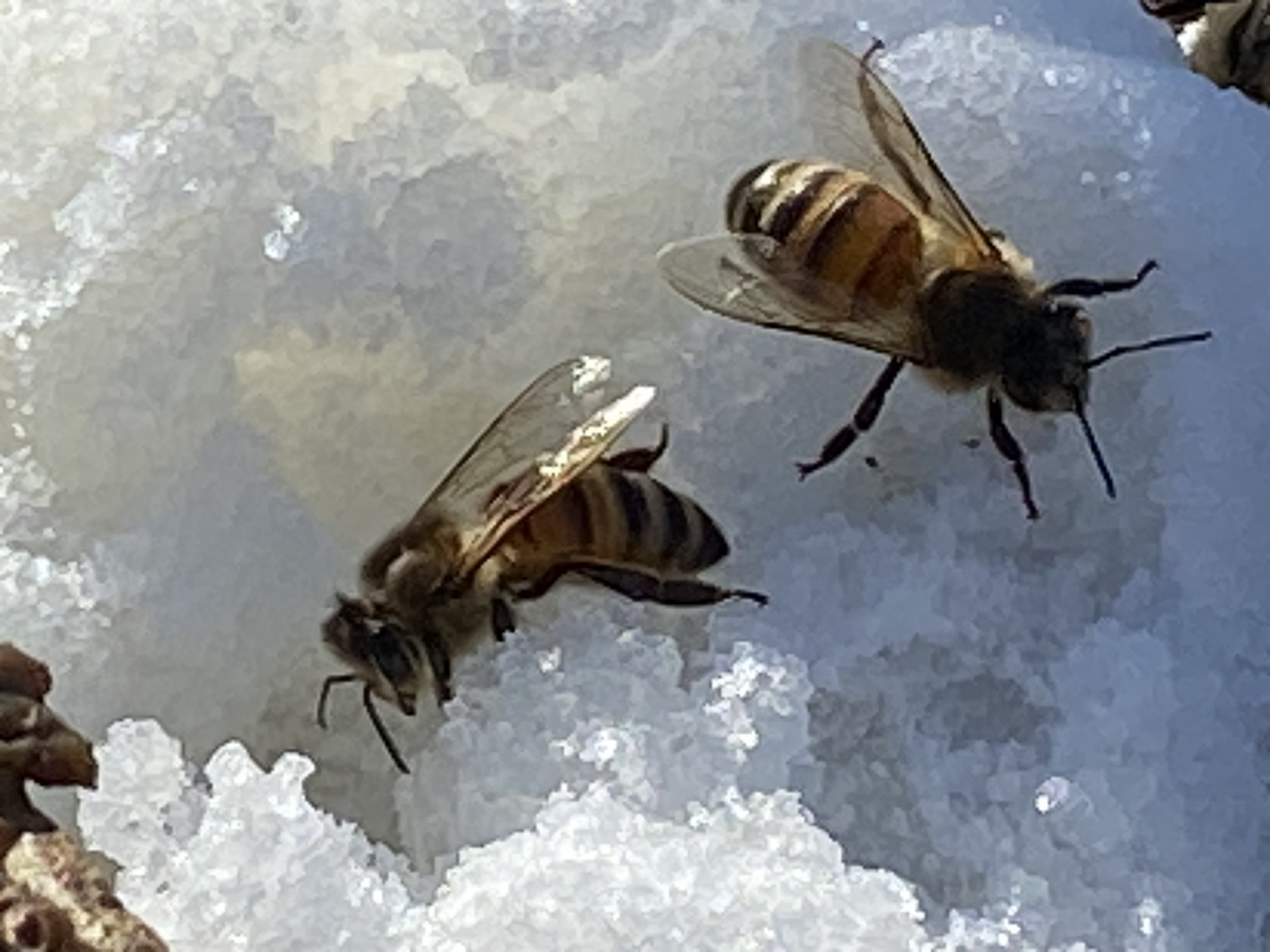Four Fall Bee Plants
/White Heath Asters are a wonderful source of fall pollen for bees, even in drought.
If weather conditions cooperate, there is a smaller nectar flow in fall in Missouri. No such luck this year, we ended up with a drought stressing plants and shutting down most of my bees pre-winter pollen sources except for these four, easy to grow native perennials wildflowers.
There were a few other plants in bloom but these all had one thing in common, they all belong to the same plant family.
White Heath Asters
Missouri's native white heath asters Aster pilosus continued to bloom through the dry days of September and October. According to Don Kurz, Ozark Wildflowers, these wildflowers provide food for deer, turkey and songbirds in the fall. Native American tribes also thought the smoke from burning these plants was helpful in reviving someone who had fainted so not sure you want to add this to a smoker.
They do transplant if you have access to plant starts. If they are in bloom, the flowers will almost automatically go to seed so if you leave the area undisturbed, they should seed themselves.
Another traditional fall flowering wildflower is yellow, Goldenrod.
Early Goldenrod is one of 22 Goldenrod species blooming in Missouri June-November.
Goldenrod
Often blamed for fall allergies caused by ragweed, Goldenrod is another plant in the aster family. Missouri has 22 different varieties that bloom from June through November including Early Goldenrod Solidago juncea, Woodland Goldenrod Solidago petiolaris and Old-Field Goldenrod Solidago nemoralis.
Whether bees collect Goldenrod pollen or not is often determined by fall honey developing a wet sock smell, not necessarily the most appealing of attributes. Some of my beekeeping friends also don't see bees on Goldenrod so contend they are not a favorite fall pollen plant but I think that's because there may be other, better pollen sources around.
Regardless, I try to harvest my honey before I see the yellow of Goldenrod popping up around my garden, I prefer my wet sock smell to be limited to my dryer.
Purple woodland asters are a hardy perennial wildflower that provides bees fall pollen.
Purple Woodland Asters
The one wildflower I am currently trying to encourage in my one-acre hillside garden are the fall purple asters Aster anomalus. I cut some of them back early spring to make them bushier, then anxiously waited to see if they would bloom this fall and they did. The year before, I cut them back too late in the season and lost a whole blooming cycle. Not sure why it bothered me so much, deer like to eat the leaves and naturally prune the bushes back, and wild turkey are fond of the flowers and fruit.
There are several other lavender-colored asters including Stiff-Leaved Aster Aster linariifolius, Silky Aster Aster seriseus and New England Asters Aster novae-angliae.
The more domestic New England Asters are perennials in USDA zone 5b but tend to sell out quickly so I end up finding the more pink varieties on sale. Doesn't mean I won't keep looking!
Another fall-blooming white perennial wildlfower that provides pollen is Common boneset.
Common boneset
This last Missouri wildflower is also a member of the - surprise- aster family. Common boneset Eupatorium perfoliatum will grow nicely if you can keep it moist. It's common throughout the Ozarks particularly along streams.
I had a little patch growing naturally in a garden corner and have nurtured it over the years by not disturbing the area. I did say I like to keep things simple and easy, didn't I. So now I have a corner of my property that turns white in the fall, almost as if it's snowed. Very pretty.
The Native American Indians called Common boneset "Indian sage" and used it to treat a variety of ailments including a flu that caused several body aches. I wonder if it has the same use in a bee hive, surely by fall some of those worker bees are a little sore from all of that summer hauling!















